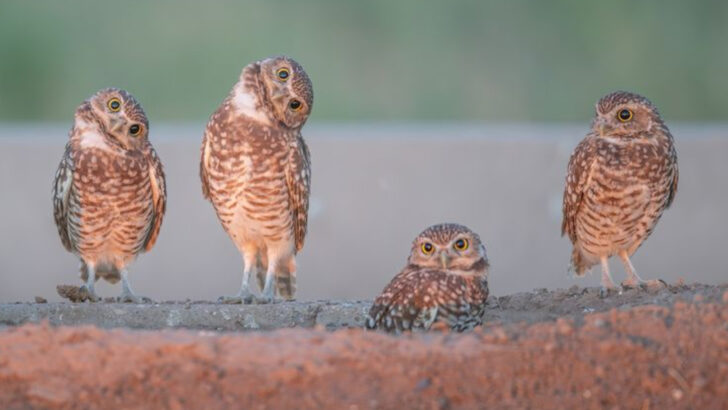Imagine surviving summer with no water, no shade, and sand hot enough to cook an egg.
Now imagine doing it with feathers.
Desert birds don’t just survive—they own the heat.
They nap in shadows that barely exist. They soar on thermals to stay cool. Some even carry water in their feathers—yes, really.
This is evolution at full throttle.
Forget pretty songbirds flitting through forests. These are tough, strange, desert-dwelling dynamos with wild tricks for outlasting 120-degree days.
Meet 13 birds that reinvented what it means to thrive.
They don’t just beat the heat—they turn it into home.
Greater Roadrunner
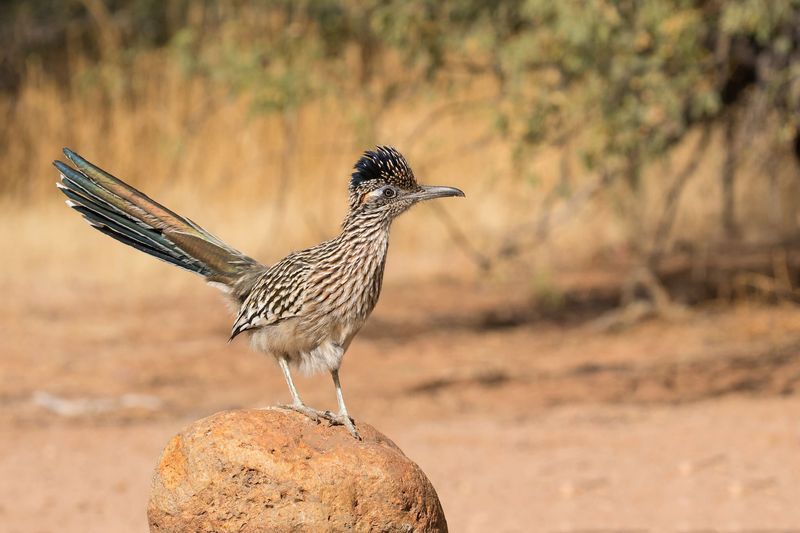
The Greater Roadrunner is a symbol of adaptability and speed in the deserts of the American Southwest. Known for its agility, this bird can sprint up to 20 miles per hour, chasing down lizards and insects.
Its striking appearance, with a long tail and a crest, complements its resourcefulness. Greater Roadrunners have evolved to thrive in arid conditions by extracting water from their prey, minimizing their need for direct hydration.
This unique adaptation allows them to survive in areas with scarce water resources. Despite the harsh climate, they remain energetic and vibrant symbols of desert life.
Cactus Wren
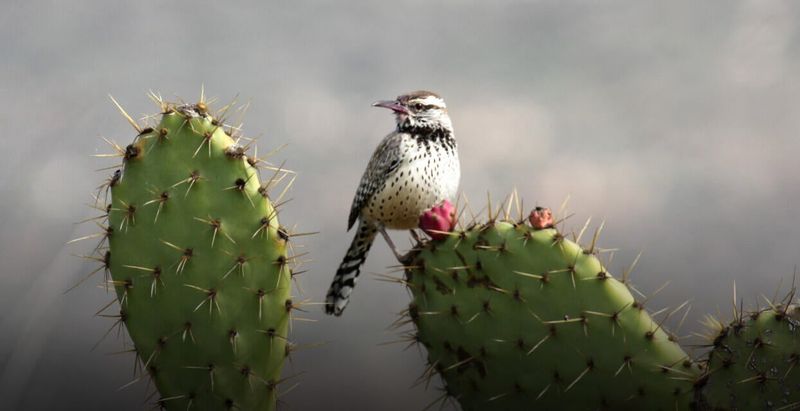
Chattering cheerfully in the desert, the Cactus Wren is a master of its domain. This bird calls the deserts of the southwestern United States and Mexico home. Its distinctive call echoes through the arid landscape, a testament to its adaptability.
Cactus Wrens have made the prickly cactus their haven. By building their nests within the spines, they protect themselves from predators. These birds are also known for their ability to survive on minimal water, relying on moisture from insects.
Their resilient nature and unique nesting habits make them fascinating desert dwellers.
Burrowing Owl
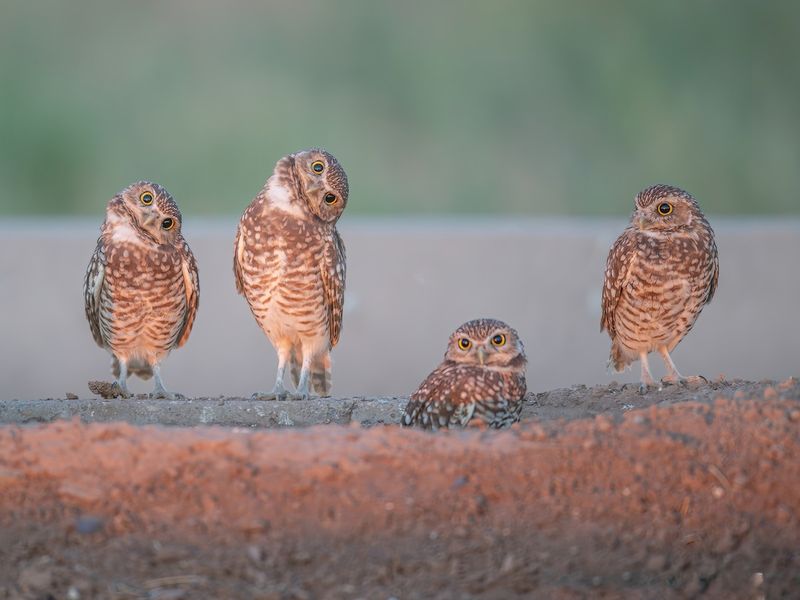
With eyes as bright as the desert sun, Burrowing Owls are unique ground-dwellers. Unlike typical owls, they inhabit burrows, often taking over those abandoned by prairie dogs or squirrels. This ground-nesting behavior helps them avoid the intense desert heat.
Their sandy-colored plumage provides excellent camouflage against predators. These owls are active during the cooler parts of the day, hunting insects and small mammals.
The Burrowing Owl’s ability to thrive in such a harsh environment showcases its remarkable adaptation and the desert’s hidden vibrancy.
Verdin
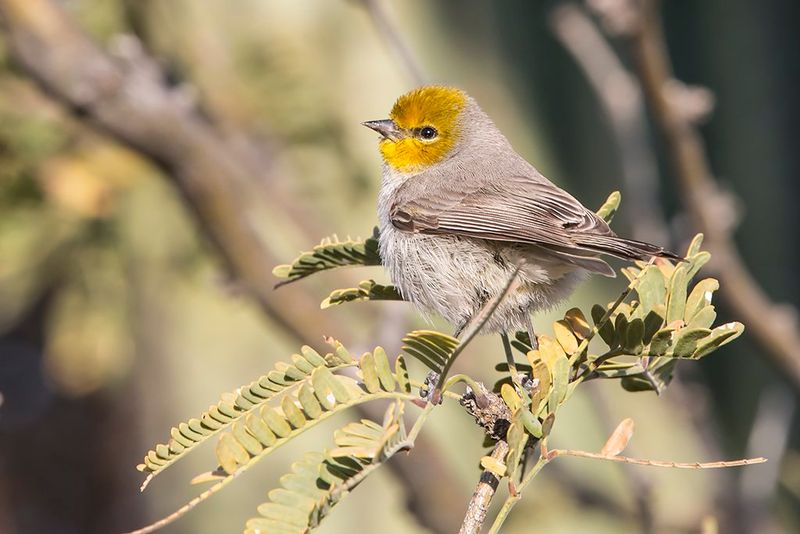
Tiny yet tenacious, the Verdin is a small bird found in the arid regions of the southwestern United States. Known for its striking yellow head, this bird is a master builder, creating intricate nests to shield itself from the desert’s extreme temperatures.
Verdins construct their nests with insulating layers, allowing them to regulate temperatures effectively. Their diet consists mainly of insects and spiders, from which they derive necessary moisture.
Despite its size, the Verdin’s vibrant energy and adaptability make it a captivating part of the desert ecosystem.
Phainopepla
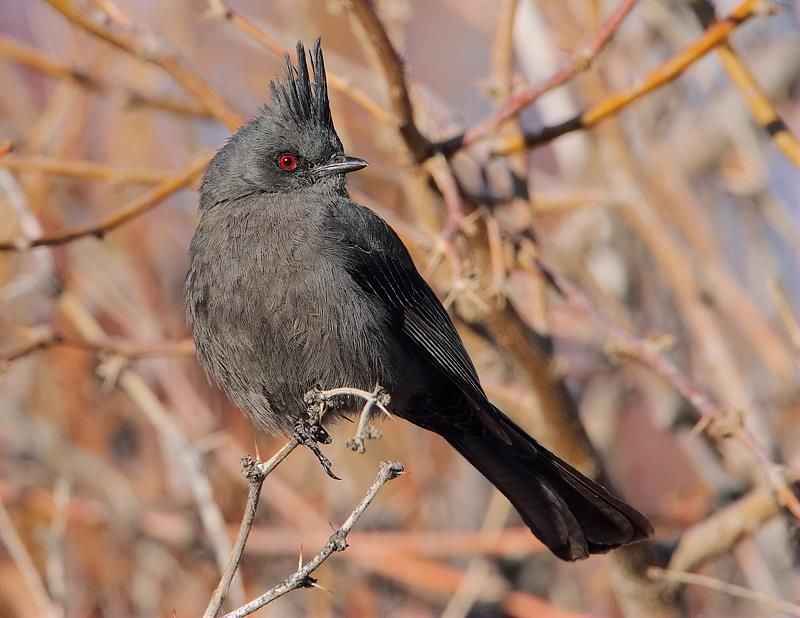
Elegance meets resilience in the Phainopepla, a bird with glossy black plumage and striking red eyes found in the deserts of the southwestern United States. This bird feeds primarily on mistletoe berries, enduring the desert’s challenges with grace.
Phainopeplas are known for their unique ability to digest the berries, spreading seeds and aiding in plant propagation. They typically inhabit areas with dense foliage, offering shade and food.
Their role as both seed dispersers and resilient survivors highlights the interconnectedness of desert life.
Gambel’s Quail
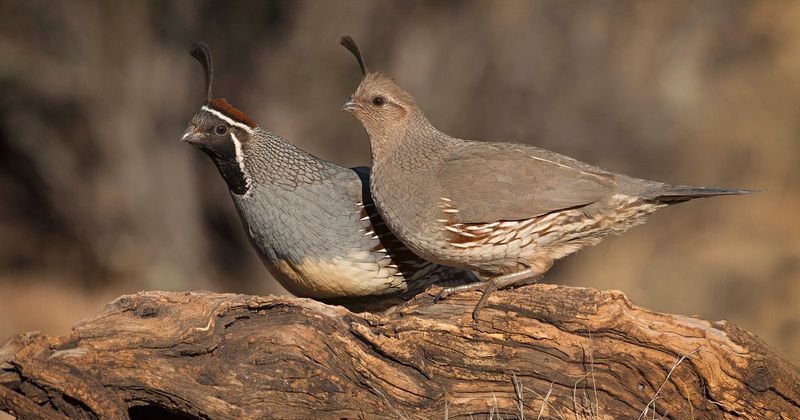
Gambel’s Quail, recognizable by their unique topknot, are social birds that roam the deserts of the southwestern United States. Their strategy for coping with the harsh climate is communal living, which provides protection and shared resources.
These birds forage in groups, seeking seeds and insects that provide hydration and nourishment. Their plumage blends with the desert environment, offering camouflage from predators.
Gambel’s Quail embody the strength and unity required to thrive in a desert habitat, showcasing the power of teamwork in nature’s harshest conditions.
Anna’s Hummingbird
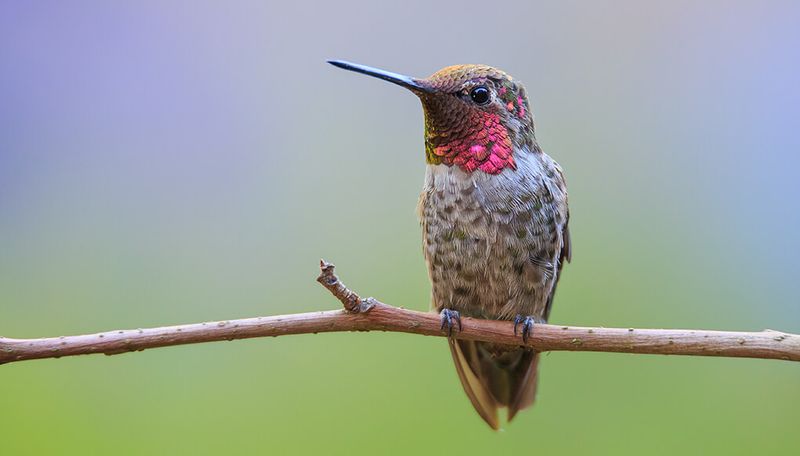
Sparkling like a desert jewel, Anna’s Hummingbird is a year-round resident of the deserts of the southwestern United States. Its iridescent feathers shimmer in the sunlight, creating a captivating display.
Despite the scarcity of nectar, these hummingbirds have adapted by expanding their diet to include insects for protein and moisture. Their rapid wing beats allow efficient energy use, critical in the arid environment.
Anna’s Hummingbird is a testament to innovation and beauty, thriving where survival seems improbable.
Curve-billed Thrasher
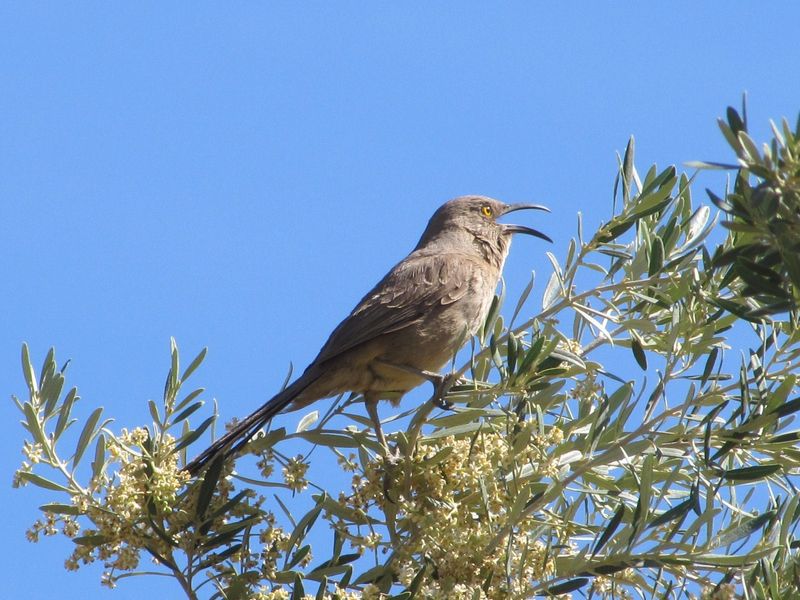
With a beak perfectly designed for desert life, the Curve-billed Thrasher thrives in the arid regions of the southwestern United States. Its distinctive down-curved bill is ideal for foraging on the ground, digging up insects and seeds.
These birds are known for their strong territorial instincts, often found near cacti and thorny shrubs that provide both food and shelter. Their spotted breast adds to their intriguing appearance.
A resilient survivor, the Curve-billed Thrasher epitomizes the artistry of adaptation in the desert.
Elf Owl
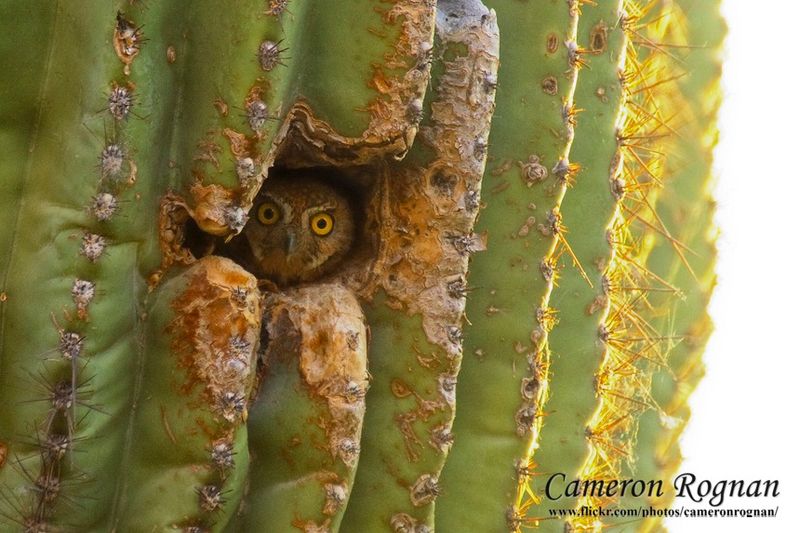
In the desert night, the Elf Owl emerges, the world’s smallest owl species. Despite its size, it has adapted to life in the deserts of the southwestern United States by living inside saguaro cacti.
The Elf Owl’s nocturnal nature helps it avoid the daytime heat. Its diet consists mainly of insects and small prey, providing enough moisture to survive.
This tiny owl is a testament to the saying that great things come in small packages, showcasing the charm of desert resilience.
Black-throated Sparrow
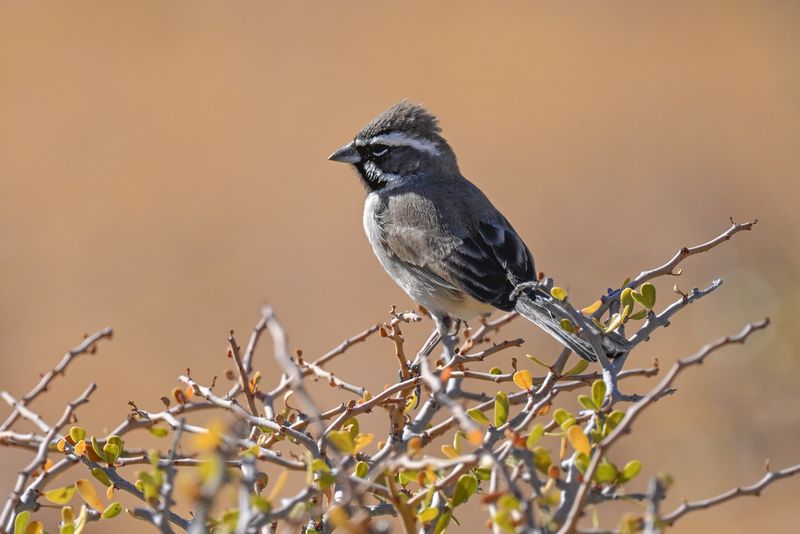
The melodious Black-throated Sparrow is a small desert songbird found in the arid regions of the southwestern United States. Its striking black throat and white facial markings make it easily recognizable.
These sparrows have adapted to desert life by finding shade during the hottest part of the day and being more active in the morning and late afternoon. Their diet, rich in seeds and insects, provides necessary hydration.
The Black-throated Sparrow’s enchanting song is a symbol of the beauty that persists in harsh environments.
White-winged Dove
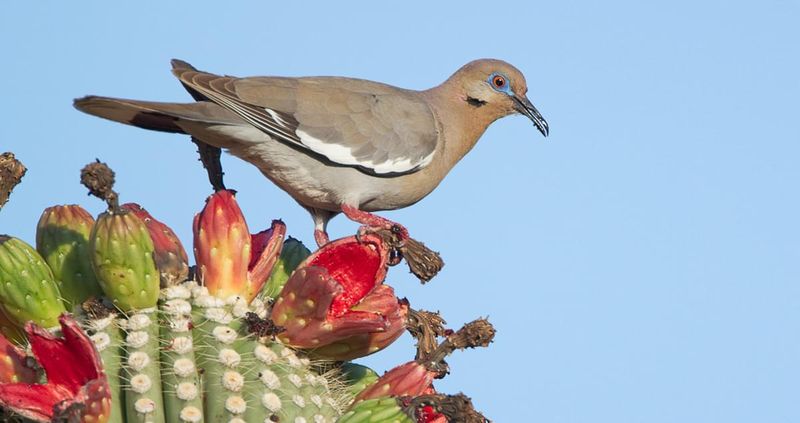
White-winged Doves are widespread in the desert regions, known for their migratory journeys and striking white wing bars. These birds have a unique role in the ecosystem, particularly in pollinating saguaro cacti.
Their diet primarily consists of seeds and fruits, which allows them to survive the dry conditions. White-winged Doves are also known for their soothing cooing, contributing to the desert’s auditory landscape.
These doves symbolize the harmony and interconnectedness of desert life, thriving in challenging conditions.
Harris’s Hawk
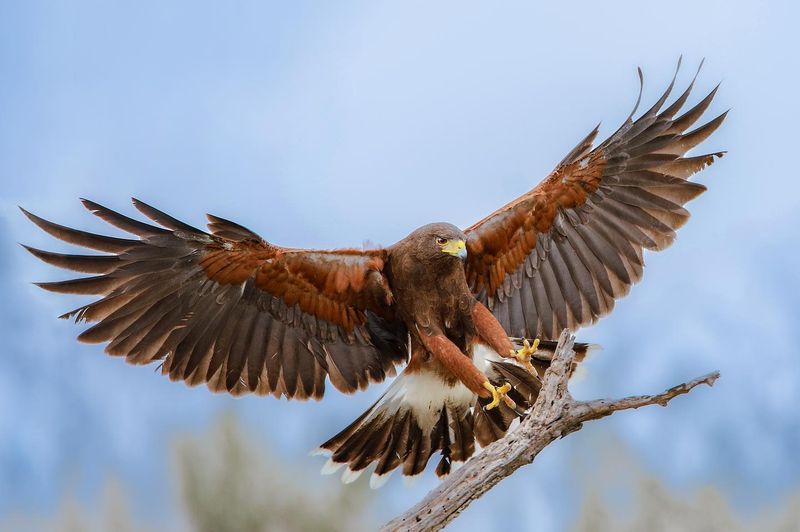
Known for their cooperative hunting strategies, Harris’s Hawks are impressive desert raptors. Found in the arid regions of the southwestern United States, these hawks hunt in packs, a rare behavior among birds of prey.
Their cooperative nature allows them to take down larger prey, ensuring survival in a resource-scarce environment. Harris’s Hawks have sharp eyesight, aiding in spotting prey from a distance.
These hawks exemplify the strength of teamwork and adaptation, soaring majestically over the desert landscape.
Common Raven
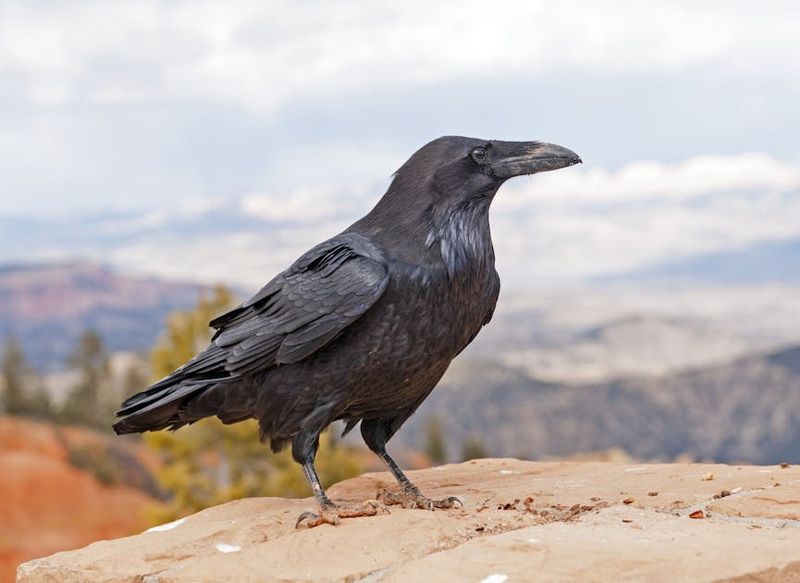
The Common Raven, with its glossy black feathers and sharp intellect, is a ubiquitous presence in desert landscapes. Known for their problem-solving abilities, these birds thrive in various environments by being opportunistic feeders.
In the desert, ravens are skilled at finding food and water sources, often scavenging or hunting small animals. Their adaptability and intelligence have earned them a place in numerous cultural stories and legends.
The Common Raven stands as a symbol of ingenuity and survival, embodying the spirit of the desert.

